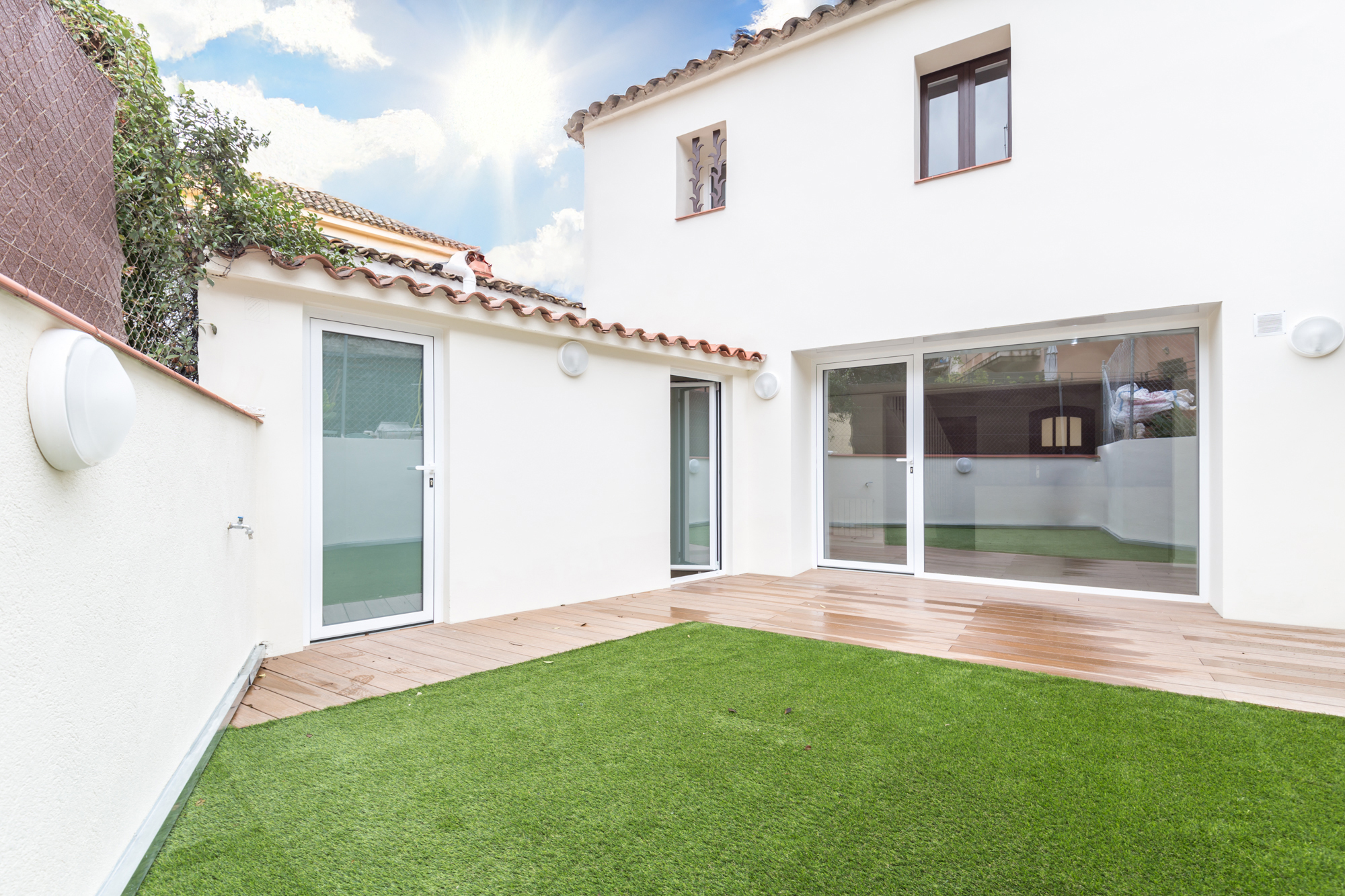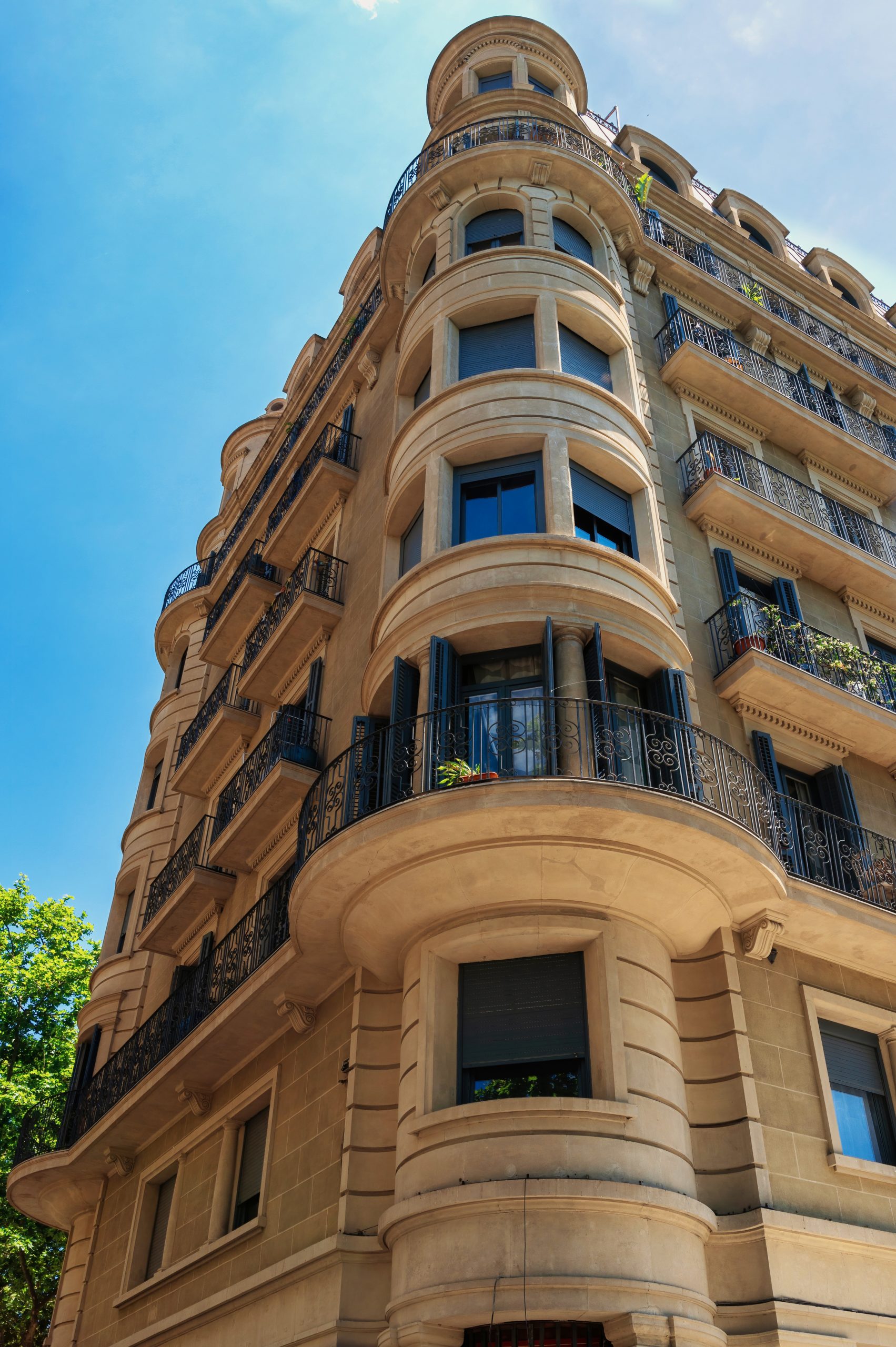Is the functional obsolescence so important to be taken into account?
Acquiring a home is not an easy task, and the desire and the illusion can get us wrong. The most important things are doing the numbers and taking into accound all the possible subsequent expense in order the operation succeed. And that’s what we want to talk about, known as “functional obsolescence”.
What do we mean when we refer to “functional obsolescence”?

Currently we have all heard of the obsolescence of the technical devices meaning that it begin giving problems after approximately two years due to programmed obsolescence. But houses can also become obsolete and generate unforeseen expenses before their acquisition.
When we are looking for a property we must think about this concept and what it entails.
The obsolescence in the real estate sector expressly refers to the loss of value of the property either because of its style, materials or design. For this reason it is important to also knowing the status of the properties with the same characteristics in the market or the same area.
For example, if we are interested in an old house in a neighborhood full of brand new houses, we will consider this property obsolescent, since its value is lower in relation to its environment and, very likely, there would be few potential buyers. However, it can also happen that if old houses have better qualities, design or distribution than new ones potential clients would not pay what the new houses offer, in this case, by comparison.
On the other hand, some particular features of that property that can detract from value can also be considered obsolescent. Most of these characteristics are related to the design of that property. An example would be an old pool in an inappropriate place, the bathroom or kitchen furniture painted in an too outdated or flashy color, etc.
When there is functional obsolescence we must ask an important question: could it be solved?
An insubstantial functional obsolescence would be, for example, when we talk about environment or structure in comparison and that which, to solve it, would cost more than the value of the property itself. When we speak of a solvable obsolescence we refer to its interior, to possible renovations and those that will increase its value over time. In this case the question would be, is it worth it? And, who should afford it?
This last question is also very important and must be considered before carrying out the operation. Maybe the property is worth it and goes out on account to buy it and give it a posteriori value requested a reduction in the price or make the current owner take over the obsolescence. But, this is a personal choice!

